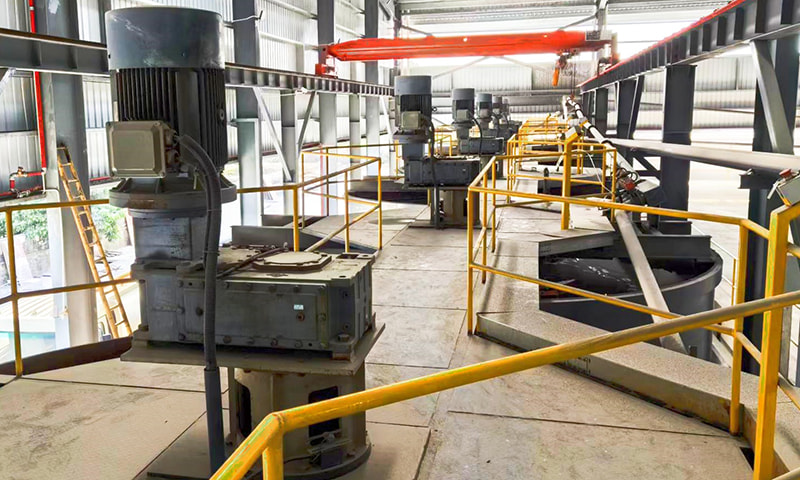What Is an AAC Machine and How Does It Work?
An AAC machine, or Augmentative and Alternative Communication device, is a specialized tool designed to help individuals with speech or language impairments communicate effectively. These devices range from simple picture boards to sophisticated computer-based systems that generate speech output.
The working mechanism of an AAC device typically involves:
- Input methods (touch screens, switches, eye-tracking)
- Language representation (symbols, text, pictures)
- Output systems (synthesized speech, visual display)
- Customization options for individual needs
When comparing basic versus advanced AAC systems:
| Feature | Basic AAC | Advanced AAC |
|---|---|---|
| Vocabulary Size | Limited (50-200 words) | Extensive (1000+ words) |
| Customization | Minimal | Highly customizable |
| Input Methods | Single method | Multiple options |
AAC devices for nonverbal autism
Key Features to Look For
When selecting AAC devices for individuals with nonverbal autism, certain features prove particularly beneficial:
- Visual scene displays that help with contextual understanding
- Consistent motor planning layouts for predictable access
- Robust construction to withstand repeated use
- Customizable vocabulary sets that grow with the user
Implementation Strategies
Successful implementation of AAC devices for nonverbal autism requires careful planning:
- Start with core vocabulary that's useful across contexts
- Model device use consistently in natural environments
- Allow sufficient time for the individual to respond
- Gradually expand vocabulary based on demonstrated needs
portable AAC communication devices for active lifestyles
Advantages of Portable Systems
Portable AAC communication devices offer significant benefits for users who need to communicate on the go:
- Lightweight designs that are easy to carry
- Long battery life for all-day use
- Durable construction to withstand daily activities
- Quick access to frequently used phrases
Comparison of Portability Features
| Feature | Standard Device | Portable Device |
|---|---|---|
| Weight | 3-5 lbs | 1-2 lbs |
| Battery Life | 4-6 hours | 8-12 hours |
| Startup Time | 30-60 seconds | Instant-on |
how to choose an AAC device for adults
Assessment Considerations
Selecting appropriate AAC solutions for adults involves unique considerations:
- Physical abilities and potential changes over time
- Communication needs in vocational settings
- Social interaction requirements
- Technological comfort level
Feature Prioritization
When determining how to choose an AAC device for adults, these features often take priority:
- Age-appropriate vocabulary and voice options
- Integration with other technologies (email, text messaging)
- Customizable access methods for progressive conditions
- Data backup and transfer capabilities
AAC device funding options and support resources
Financial Assistance Programs
Several AAC device funding options exist to help offset costs:
- Government healthcare programs and insurance coverage
- Nonprofit organization grants
- School district funding for educational purposes
- Vocational rehabilitation programs
Navigating the Funding Process
Successfully securing funding typically requires:
- Comprehensive evaluation reports from qualified professionals
- Detailed letters of medical necessity
- Documentation of trial periods with specific devices
- Persistent follow-up with funding sources
DIY AAC solutions for home use
Creating Effective Low-Tech Options
While professional devices offer advanced features, DIY AAC solutions for home use can provide immediate support:
- Picture communication boards using family photos
- Personalized communication books with frequently used phrases
- Simple voice output devices using tablet apps
- Environmental labeling with symbols and words
Balancing DIY and Professional Systems
| Aspect | DIY Solutions | Professional Systems |
|---|---|---|
| Cost | Low or no cost | Significant investment |
| Customization | Highly personal | Technically sophisticated |
| Support | Family-maintained | Professional support available |
Implementing AAC Across Environments
Consistent Use Strategies
Successful AAC implementation requires coordination across all environments:
- Home: Incorporate device use into daily routines
- School: Collaborate with educational teams
- Community: Prepare for communication in public settings
- Workplace: Adapt vocabulary for vocational needs
Training for Communication Partners
Effective communication involves training for everyone who interacts with the AAC user:
- Modeling appropriate device use
- Allowing adequate response time
- Recognizing all communication attempts
- Expanding on communicated messages






